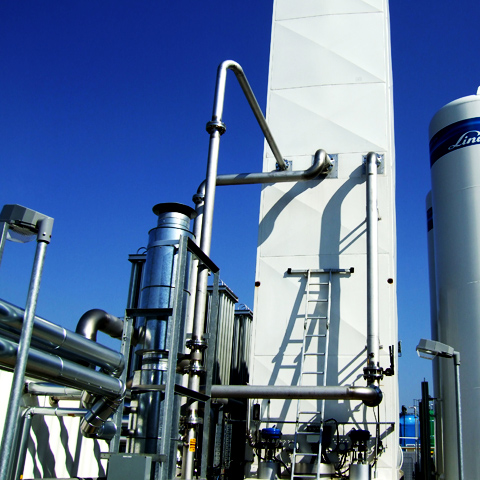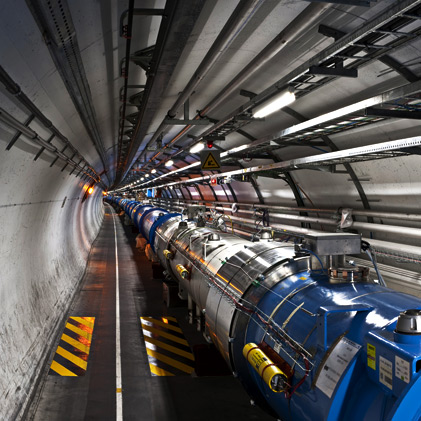Helium One Global plc (LON:HE1) has announced today the completion of its 2021 exploration drilling campaign with significant new data to move rapidly to Phase 2 exploration work at its 100% owned Rukwa Project in Tanzania.
Highlights:
· Definition of a working helium system in the Rukwa Basin, de-risking our 3,500km2 license area
· Greater knowledge of helium geology allows identification of ‘Shallow’ and ‘Deep’ target types for Phase 2 Exploration
· New ‘Shallow’ targets can be investigated by appropriate geophysical techniques to identify prospects for low-cost drilling
· New ‘Deep’ structural targets beneath well-developed 130m thick Top Karoo seal can be investigated by 2D infill seismic on defined gravity targets
· Company well financed with £10m to advance the Rukwa Basin towards discovery
· Tai-2, although completed without identifying helium gas, has provided valuable information on shallow trap and seal potential
Ian Stalker, Non-Executive Chairman, commented:
“Work undertaken so far in 2021 has significantly de-risked the Rukwa Basin by demonstrating a working helium system. Helium One maintains 100% ownership of licences at Rukwa covering approximately 3,500km2 in what must now be considered the world’s premier basin for helium exploration.
“With our maiden exploration campaign clearly demonstrating prospectivty at multiple levels across the basin, the Company can now move rapidly to develop a Phase 2 exploration programme that offers value for money. Using various geophysical techniques, we can quickly and cheaply advance both ‘Shallow’ and ‘Deep’ target types to de-risk our ability] to make a commercial discovery with Phase 2 drilling.
“The Company is well financed to deliver Phase 2 with a focus maintained on cost-effective exploration as we develop Rukwa towards discovery.”
David Minchin, Helium One Global Chief Executive Officer, commented:
“We are excited by the results of the 2021 exploration drilling campaign which, although stopping short of flowing gas to surface, has produced significant information enabling Helium One to define a two-track exploration route to develop Rukwa towards discovery.
“Results from Tai-1 have shown a prolific basin with helium shows identified at multiple levels from near surface to basement. Tai-2 has verified the potential for development of newly identified ‘Shallow’ traps within the Lake Bed Formation, which has the capacity to open a pathway to low cost exploration and development of near surface gas deposits.
“The identification of a 130m thick sealing unit at the top of the Karoo Formation, and presence of untested helium shows within Karoo reservoir, demonstrates potential for ‘Deep’ structural traps within the Karoo Formation. The Top Karoo seal is predicted to be best developed away from the basin margin, encouraging us to focus exploration efforts on improving resolution over already identified Falcon Gravity Gradiometry targets to the north of Tai and Itumbula structures.”
Details
Helium One has completed its 2021 exploration drilling campaign with the identification of a working helium system in the Rukwa Basin. Drilling has demonstrated seal, reservoir, and trapping geometries as well as identified a charge mechanism in the basin away from known surface seeps. The identification of a well-developed sealing claystone 130m thick at the top of the Karoo Formation demonstrates sufficient sealing capacity in the basin to support the trapping of helium gas within the untested reservoir formations beneath. Additional helium shows on multiple horizons, including beneath marginal sealing clays in the Red Sandstone Formation and shallow traps in the Lake Bed Formation, indicate potential for multiple prospective intervals within a productive system.
Shallow Target Type
Tai-2, which was completed without identifying helium gas, has provided valuable information on shallow trapping potential. The well targeted continuation of a 2.2% helium show identified in a sandstone interval at 70.5m in Tai-1: A high-grade gas show which potentially indicates free gas in the subsurface. Wireline logging of Tai-2 demonstrated continuous clay over this interval, suggesting that the reservoir in Tai-1 pinched out against clay, which provides both vertical and lateral seal.
The new Shallow target traps offer an opportunity for a low-cost route to explore and develop a helium gas deposit. Current seismic data does not accurately resolve trapping styles at a shallow depth. Helium One is therefore reviewing several alternative low-cost geophysical techniques to test over known structures in the Tai area, before deployment over a wider area in the basin. Drilling of the shallow traps will be cheaper than testing deep targets and could potentially be conducted using a light-weight water-rig, or similar rig capable of producing a stable hole, possibly opening the option to conduct drilling operations over the wet-season.
Deep Target Type
Tai-1 demonstrated good quality sealing units above reservoirs in the Top Karoo, a factor that was considered to be one of the highest geological risks prior to drilling. Using existing infill 2D seismic data we have been able to accurately map the continuity of this sealing unit across the Tai prospect, with the thickness and quality of the sealing unit predicted to increase towards the basin centre.
Helium One have recognised a number of large structures identifiable on Falcon Gravity Gradiometry data as well as recent and legacy seismic data. These structures are onshore northern extensions of the Itumbula and Tai structures and have potential to demonstrate stacked targets at multiple levels of prospectivity. The areas require further infill seismic to improve resolution and continue mapping of Top-Karoo seal over these prospects. Helium One is investigating the potential to mobilise infill seismic before the wet season, leading to the design of a deep drilling programme in 2022 to test these targets with an appropriately sized drilling rig.
Next Steps
Helium One remains well financed for the proposed exploration programme with a cash position of ten million pounds. By focussing on using various geophysical techniques to reduce geological risk and improve drill targeting, the Company remains committed to cost-effective exploration. Helium One plans for rapid deployment of Phase 2 exploration activities and is working to mobilise various geophysical investigations before the commencement of seasonal rains in November.







































